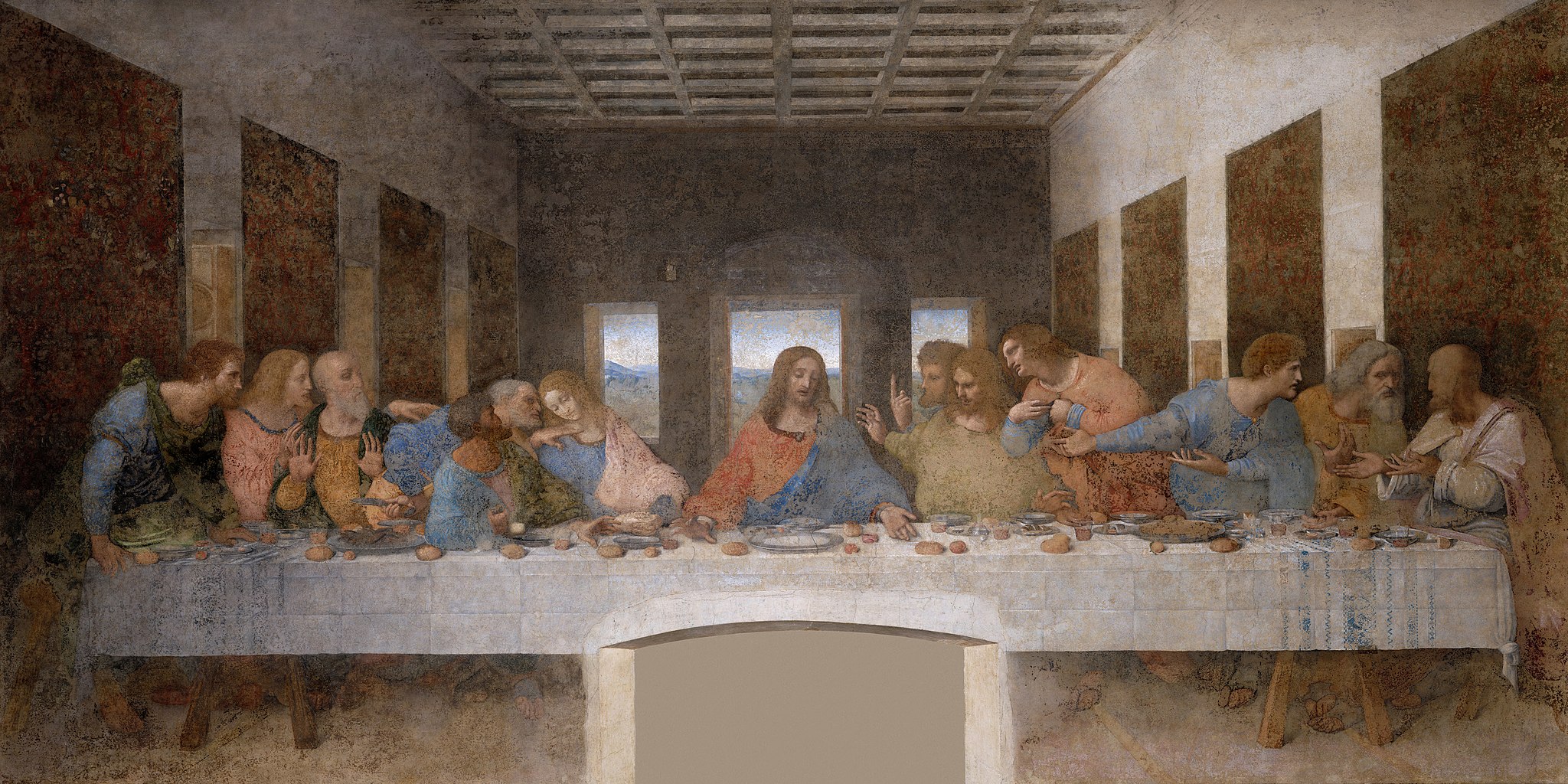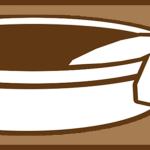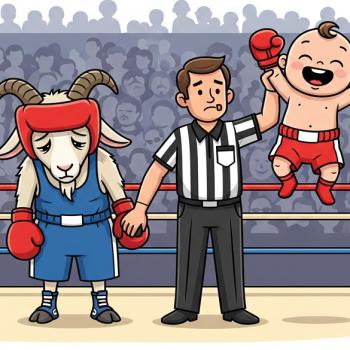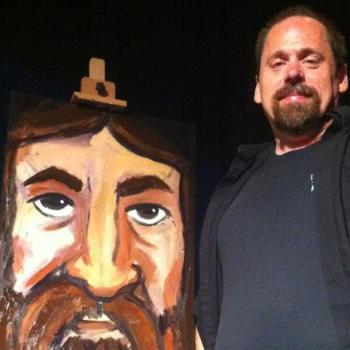
In my most recent article, I looked at the beginnings of this Passover celebration we Christians call The Last Supper. Jesus washed His disciples feet, and in the process showed them “the full extent of His love.” He demonstrated servant leadership for us all and promised that now that we know these things we will be blessed if we do them. That was just the beginning. It is a mistake to look at this event, we call The Last Supper only as a single event. The fact is that Last Supper, has meaning that extends to you and me and beyond. This begs a question. What does The Last Supper mean to you?
The Last Supper
This “Last Supper” was Jesus celebrating the Passover with His disciples. The passover was something God commanded His people to do every year as a reminder of how God came to their rescue. God saved all who were under the blood of the lamb from a plague of death. It was a time to celebrate, and a time to commemorate, but it wasn’t all looking back.
The Passover Fulfilled
One day the Passover would be fulfilled, as the prophets foretold. Isaiah 53 speaks of a suffering servant who would lay down His life for the sake of God’s people. As the disciples gathered around the table. I wonder if Jesus’ disciples felt like they were going through the motions. After all, by the time of The Last Supper, the Passover had been celebrated for over a thousand years. I wonder if some of them saw it as just a ritual—just something they did. More than that, I wonder, did they realize, as they gathered around that table, on that Maundy Thursday evening, that they were seeing the Passover fulfilled before their eyes.
The Elements of Passover
Let’s take a moment to look at the Passover meal. There were several elements to the meal and all of them represented something else. According to a FoodNetwork.com article, the meal contained, Zeroah, a lamb’s shankbone symbolizing the ancient Passover sacrifice, Beitzah, a roasted egg symbolizing the temple sacrifice and the continuing cycle of life, Haroset, a paste of fruit and nuts, symbolizing the mortar used to build the pyramid of the pharaohs, Mar’or, a bitter herb (like horseradish) to represent the bitterness of slavery, Karpas, a green vegetable (usually parsley) representing spring, and a bowl of salt water to dip the karpas, symbolizing the slaves’ tears. Also included were Matzah, a kind of unleavened bread, to remind the people of leaving in haste, before the bread dough would have had time to rise, and wine representing God’s promises of redemption in the Exodus story.
A Whole New Meaning
As you can see each of the elements of the meal symbolized something important related to their history. This whole celebration was commanded by God, to help the people to never forget what He had done for them. This continues to be urgent. Think about our Christmas and Easter celebrations. How many people have reduced these celebrations to being about presents and eggs? The Passover celebration was meant to help the people never to lose the plot and to remember. The whole evening was fraught with meaning, but for Christians, a whole new meaning was about to be put into place.
Betrayal
Jesus had finished washing their feet and the meal was being served, when Jesus dropped a “bomb” right there in the middle of the room. John 13:21 After saying these things, Jesus was troubled in his spirit, and testified, “Truly, truly, I say to you, one of you will betray me.” Can you imagine? These men had followed Jesus for the entire length of His ministry, and now Jesus revealed one of them would betray Him. One of them knew this to be true. The rest had to have been floored.
Judas’ Answer
Matthew 26 tells us, one by one eleven went to Jesus and said, “Is it I Lord?” Judas gave a slightly different answer and in the process, he betrayed his motivation. Rather than saying, “Is it I, Lord?” Judas asked, “Is it I, Rabbi?” To him Jesus was not Lord, just Rabbi. Likewise in our world there are many who will confess that Jesus was a great moral teacher. While that is true, it is not enough. Jesus is Lord.
What DaVinci Got Wrong
I love the DaVinci painting called the Last Supper, but it has a major flaw. I heard one comedian speak of it and say it was as if the photographer shouted at the disciples to all get on the same side of the table so he could take the photo. The table design is likely not how the room was laid out. More than likely, they had what was called a triclinium—a series of couches arranged around a table on which Jesus and His disciples reclined. This becomes very important as we look at what happened next in John 13.
Peter’s Question
John 13:23-26 One of his disciples, whom Jesus loved, was reclining at the table at Jesus’ side, so Simon Peter motioned to him to ask Jesus of whom he was speaking. So that disciple, leaning back against Jesus, said to him, “Lord, who is it?” Jesus answered, “It is he to whom I will give this morsel of bread when I have dipped it.” According to groupbiblestudy.com, “We can’t be sure, but it is likely that Judas was seated in the place of highest honor at the table to the left and back of Christ. It would have been difficult for Christ to reach any other part of the table if He was reclining on His left elbow and side. With His left elbow on the mattress, Jesus reached onto the table and dipped His bread into the dish and gave it to Judas.”
Judas
For Judas, the jig was up. He was in the seat of honor at the Passover feast even though he was determined to betray Jesus, and John 13:27 tells us. Then after [Judas] had taken the morsel, Satan entered into him. Jesus said to him, “What you are going to do, do quickly.”
Jesus’ betrayal had begun, but he had one more illustration to give.
The Great Illustration
Jesus had one more thing to teach them. In a way it was a new commemoration. He took two of the simplest elements of their diet—two things that would be plentiful in their day to day lives and made them symbolic of what He was about to do for them. Jesus made the ordinary extraordinary.
The Bread
Matthew 26:26 Now as they were eating, Jesus took bread, and after blessing it broke it and gave it to the disciples, and said, “Take, eat; this is my body.” The bread that they would break between themselves would symbolize His body, broken for them.
The Cup
Matthew 26:27-28 And he took a cup, and when he had given thanks he gave it to them, saying, “Drink of it, all of you, for this is my blood of the covenant, which is poured out for many for the forgiveness of sins. Jesus, like the Passover lamb would shed His blood and all who would come to Him by faith, “under the blood” would be saved from the second death, This was the ultimate fulfillment of the passover.
We Call It Communion
The bread and the cup are symbolic of what Jesus has done for us—for all who come to Jesus by faith. Paul gives us a little more insight in 1 Corinthians 11:25-26, “…Do this, as often as you drink it, in remembrance of me.” For as often as you eat this bread and drink the cup, you proclaim the Lord’s death until he comes.” When we take communion we do it in remembrance of what Jesus has done for us, and we proclaim the Lord’s death until He comes. I think that means it’s not just that we remember His death, but that we also proclaim our part in it. He died because we sinned. He died for us. Yes, we proclaim our part in His death, but because of that death, all who believe also take part in His resurrection.
Communion Is An Illustration of the Gospel
This is what The Last Supper means to us. Jesus took the Passover, a commemoration of God’s salvation of His people, leading them to freedom, and extended it’s meaning to salvation from our sins and a freedom that lasts forever. Simple bread and wine become a constant reminder of what Jesus has done for us. Our sins played a part in His death, and yet because of His death, we who believe have a part in His resurrection, and the eternal life and freedom we receive, not because we are good, but because He is good.
The New Commandment
Judas went out into the night. The plan was in motion and their time together was coming to an end. Knowing full well all that God was about to do, Jesus gave us a new commandment. John 13:34-35 A new commandment I give to you, that you love one another: just as I have loved you, you also are to love one another. By this all people will know that you are my disciples, if you have love for one another.” This chapter started with love demonstrated and it ends with love commanded. God’s people are called to love one another, and to live in such a way that people would know we belong to Him by our love. That might be our greatest Maundy Thursday takeaway.
It’s All About Love
God demonstrates His love for us in this, while we were still sinners, Christ died for us. Now we believers must follow His example. Dying to ourselves, taking up our crosses and demonstrating sacrificial love in a world that desperately needs it. Ultimately isn’t that our calling. In this Last Supper event, Jesus gave us two dynamic illustrations of love, through service and communion. Now the question for us is how will we “illustrate love” to the world around us?














